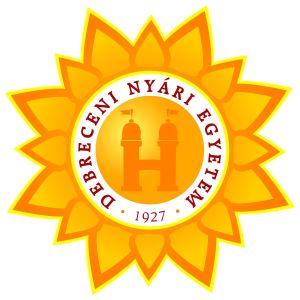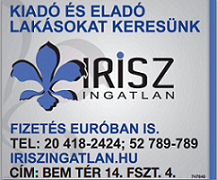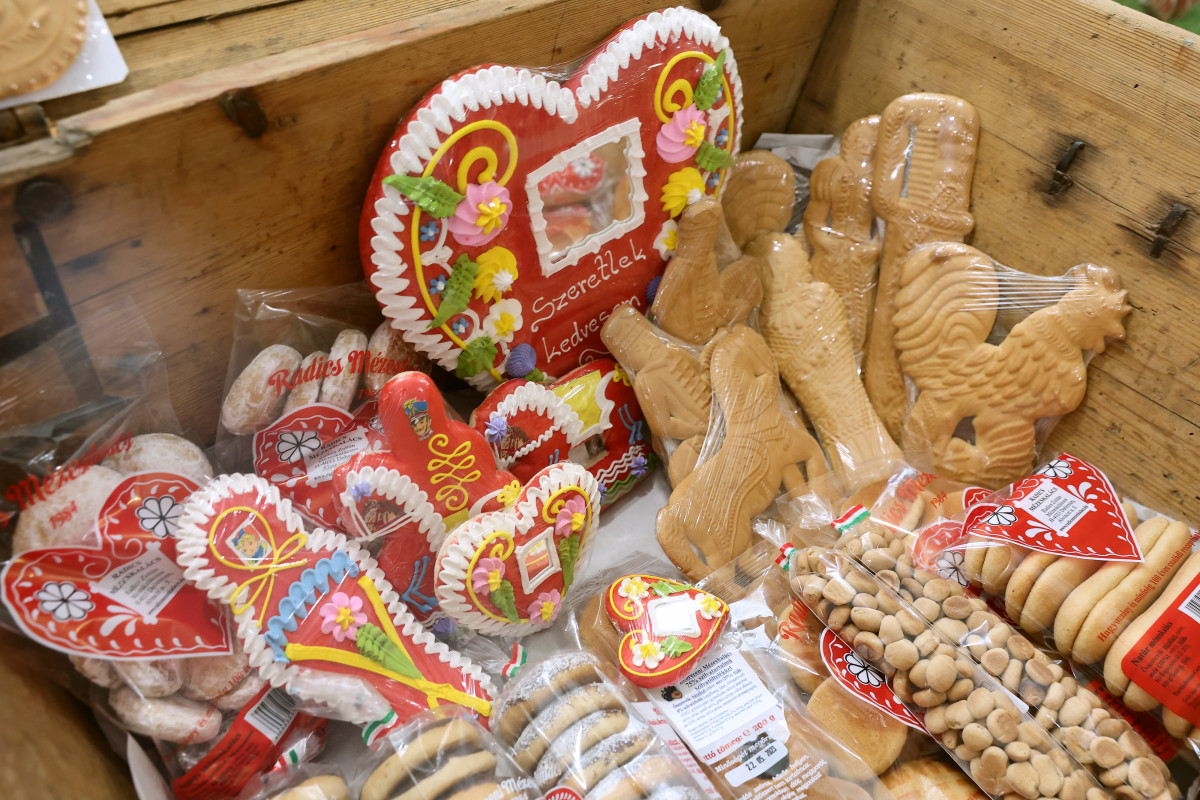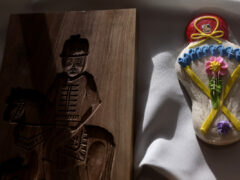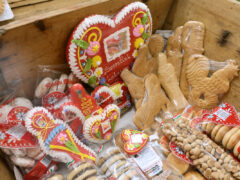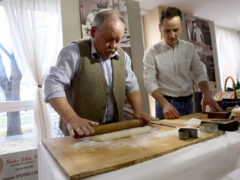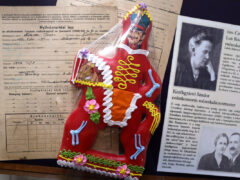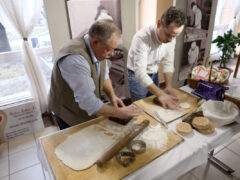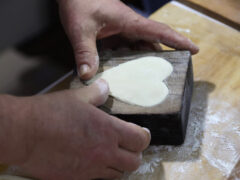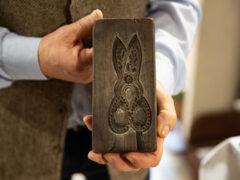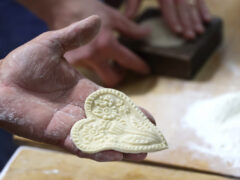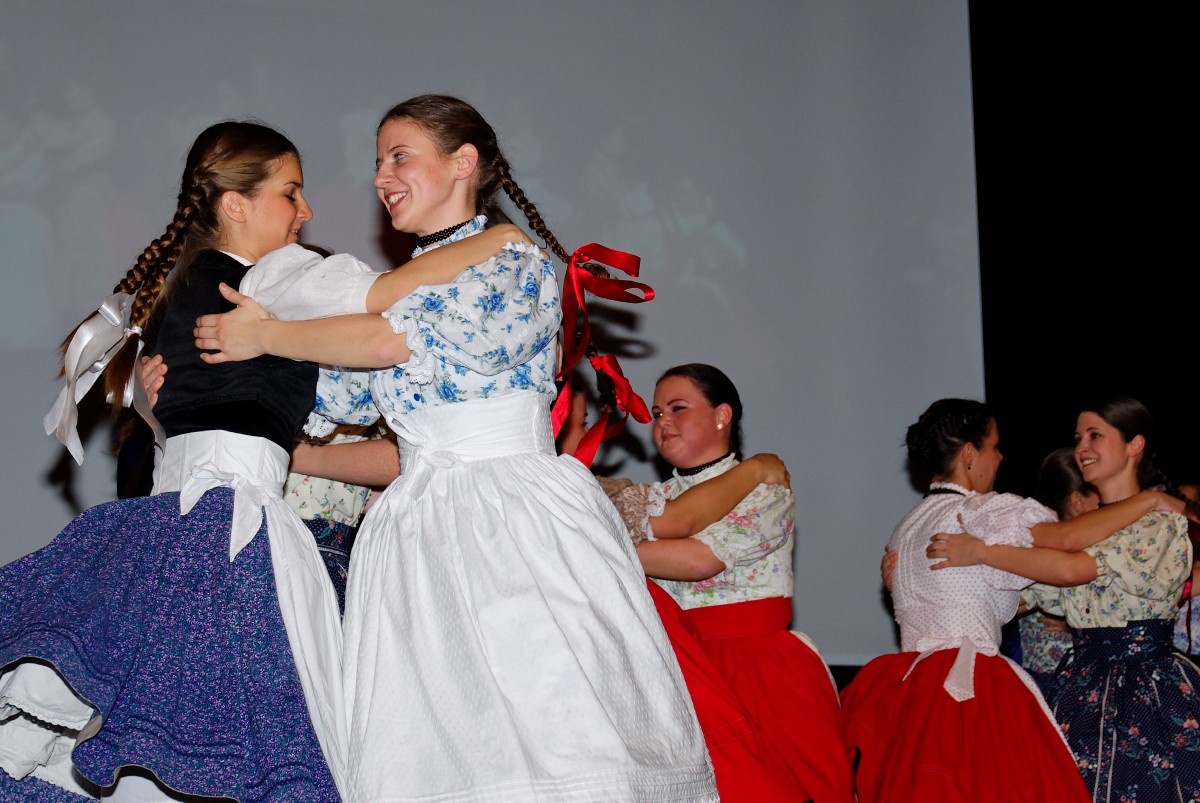The municipality of Debrecen, the Debrecen Archives Committee, the Demki Debrecen Cultural Center and Youth House, the Déri Museum, and the Hajdú-Bihar County Archives of the Hungarian National Archives organized an exhibition on the history and presence of gingerbread in Debrecen on March 9 at the New Town Hall Gallery in Debrecen.
The tradition of making gingerbread goes back to ancient times, as the Greeks and Romans already made gingerbread for festive occasions. The Hungarian gingerbread guilds were created at the beginning of the 17th century due to German influence. The city of Debrecen, where the guild was founded in 1713, has always been an important center of gingerbread making in Hungary, for which high-quality flour was provided by the local advanced mill industry.
The Debrecen gingerbread makers made three types of dough: honey, brown, and sugar dough. The main characteristic of the preparation of honey dough – the so-called “Debreceni” – is that the honey is not boiled, the surface is decorated with ornately carved wooden shapes and wooden mallets, and it is baked in a large oven.
The mallets – which were provided with various representations – were made by the gingerbread masters themselves or by skilled wood carvers. The most well-known form of Debrecen gingerbread was the Debrecen plate, which is the most decorated version of this basic form common throughout the country and is usually made with a floral pattern.
The other most well-known shape was the Debrecen heart, which was used to make percussion instruments and – in the XX. from the 19th century – also a red-colored, mirrored version. In addition, the puppet depicting a baby in swaddling clothes, the hussar, and the sword were the most popular forms, of which versions decorated in red were also made. The style of Debrecen gingerbread differs from the style of the craft, which is also well-known and popular in Transdanubia and can be considered characteristically Hungarian.
XIX from the end of the 19th century, with the widespread sugar production and confectionery, this craft also began to decline, and a good number of gingerbread makers switched to the craft of confectionery, or remained in their occupation, but combined it with other elements.
In the gingerbread industry, only two masters have so far won the title of Master of Folk Art. Two masters from Debrecen, Sándor Kerégyártó in 1966 and László Radics in 2015.
László Radics is a real community person, selfless, and helpful, and he gladly presents his craft to the community of adults and children. His activities in public life are also outstanding: he is the vice president of the crafts department of the Hajdú-Bihar County Chamber of Commerce and Industry and a member of the board of the Hajdú-Bihar County Folk Art Association.
His works are regularly featured in local and national tenders, exhibitions, and abroad, including in Rome, London, and Moscow. Among his awards and recognitions is the title of Folk Industrial Artist, the Király Zsiga Award (Association of Folk Art Associations), and the Csokonai Award of the city of Debrecen.
In 2019, he won the Hajdú Bihar County Prime Award in the category of Hungarian folk art and public culture.
His son, Zoltán Radics, also mastered the craft, and now he has become an independent artist and judges his works.
In 2014, after the establishment of the Debrecen Art Gallery, it was one of the first to declare Debrecen gingerbread as an outstanding value with serial number 9. (9/2014 (01.29.).
debreceninap.hu


